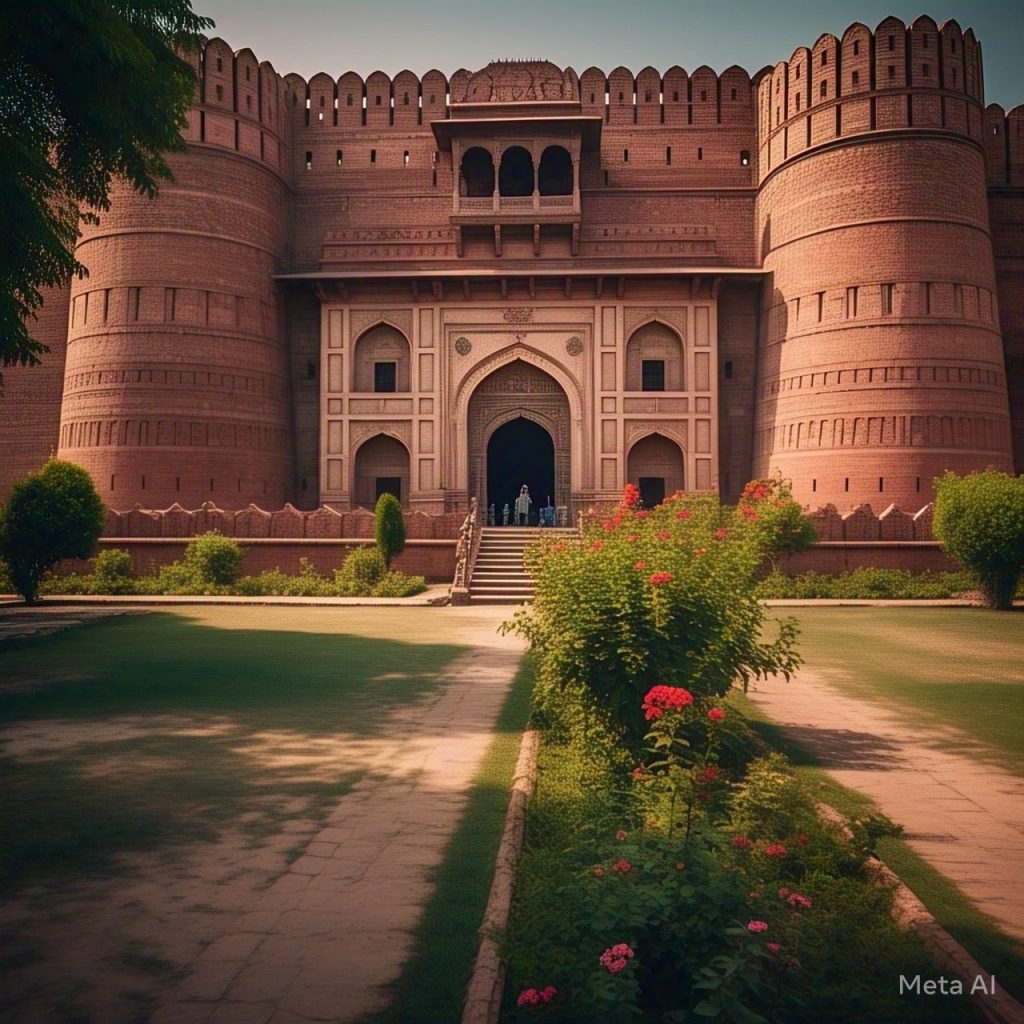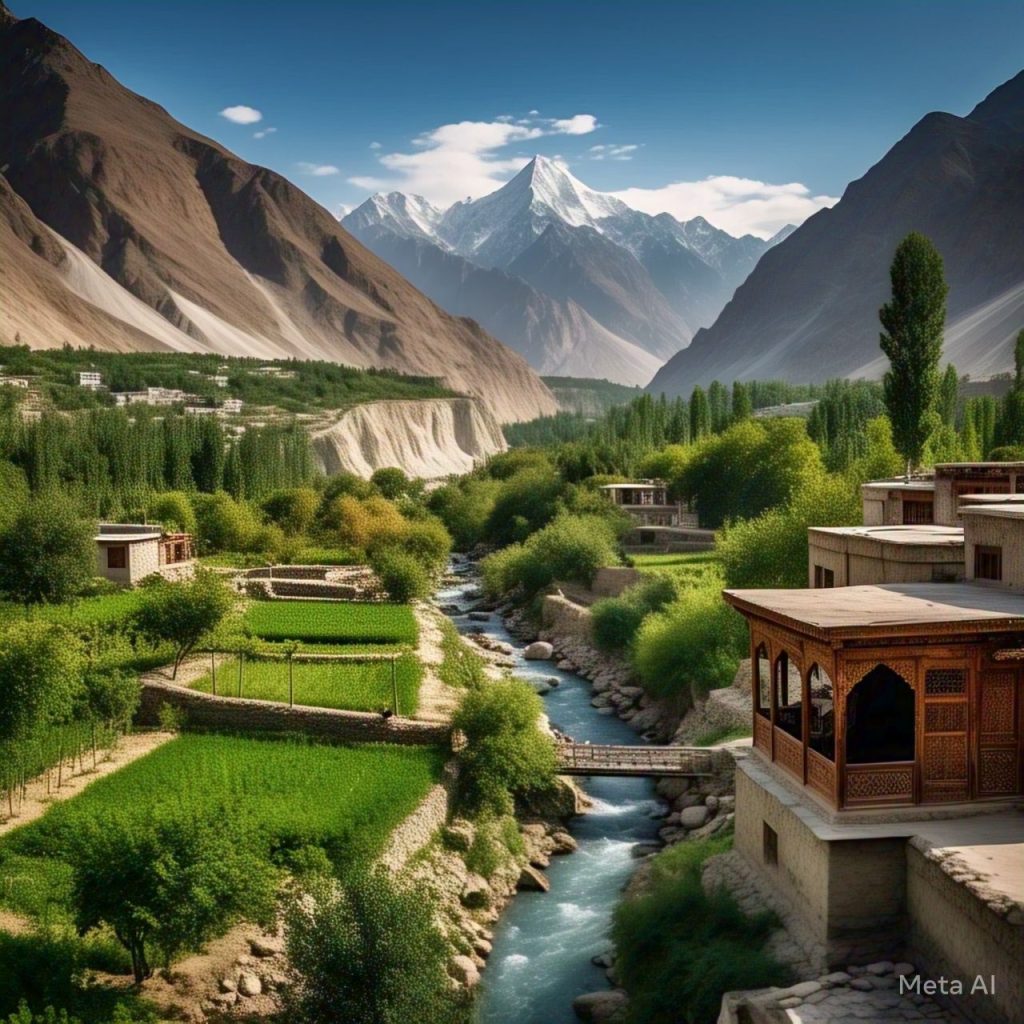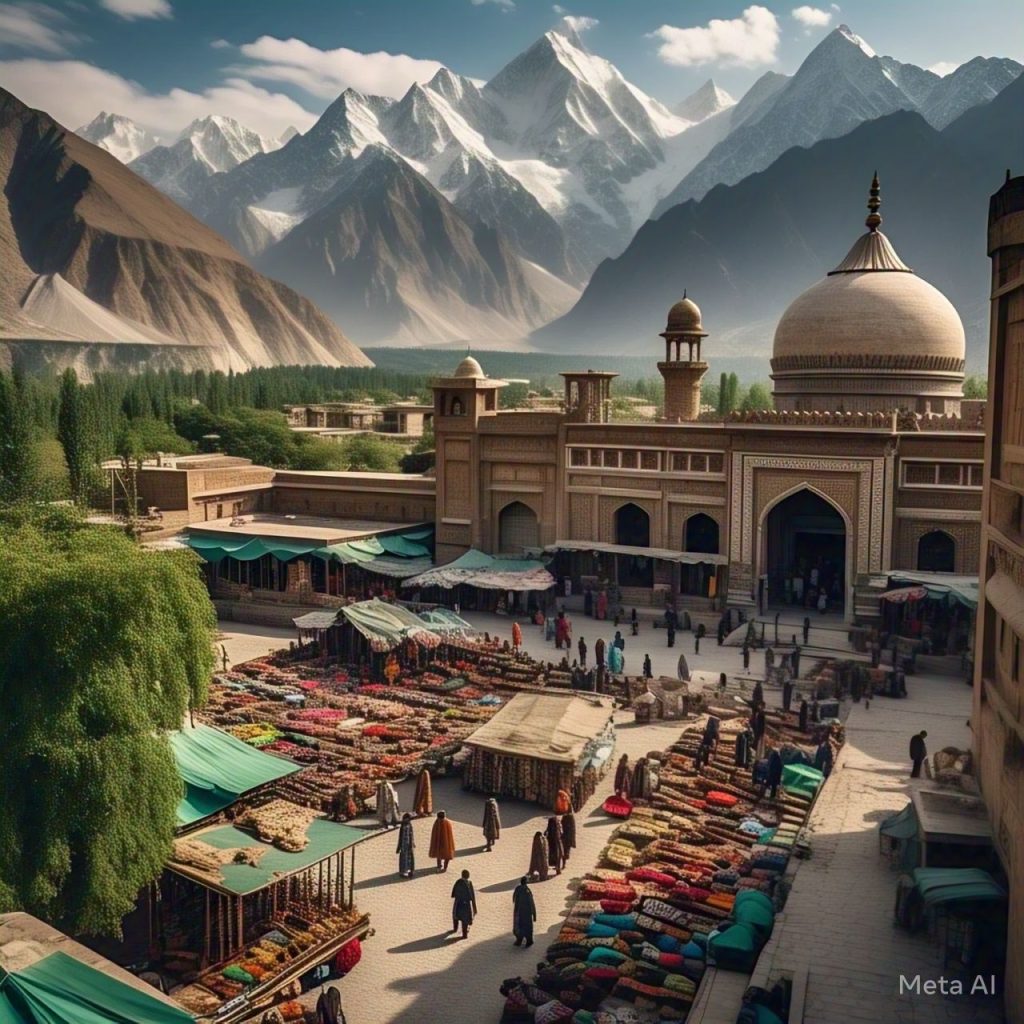Pakistan, a country steeped in rich cultural heritage and breathtaking natural beauty, is a traveler’s dream destination. From the majestic Himalayas to the pristine beaches of the Arabian Sea, Pakistan offers a diverse range of experiences that cater to all kinds of travelers. In this article, we will delve into the fascinating world of Pakistani culture, explore the country’s most stunning tourism spots, and provide valuable insights into the weather situation and the best months to visit.
Pakistani Culture: A Melting Pot of Traditions
Pakistani culture is a vibrant tapestry of traditions, influenced by its strategic location at the crossroads of Asia, the Middle East, and Europe. The country is home to a diverse population, with over 200 languages spoken and a plethora of customs and rituals. Visitors can experience the warm hospitality of the Pakistani people, savor delicious cuisine, and marvel at the stunning architecture that reflects the country’s rich history.
One of the most striking aspects of Pakistani culture is its rich heritage of music, dance, and art. The country is home to a wide range of musical genres, including Qawwali, Ghazal, and Folk music. The mesmerizing sounds of the sitar, tabla, and dholak are sure to captivate visitors. Pakistani dance forms, such as Kathak and Bharatanatyam, are also renowned for their elegance and poise.
Pakistani cuisine is another aspect of the country’s culture that is sure to delight visitors. The country is famous for its spicy dishes, such as biryani, kebabs, and haleem. The sweet-tooths will love the traditional Pakistani desserts, such as gulab jamun, jalebi, and barfi.
Tourism Spots: A Treasure Trove of Natural and Cultural Wonders
Pakistan is home to some of the most spectacular natural wonders in the world, including:
- The Hunza Valley: Often referred to as the “Switzerland of Asia” for its breathtaking scenery and picturesque villages. The valley is surrounded by majestic mountains, including Rakaposhi, Diran, and Ultar. Visitors can enjoy trekking, hiking, and horse riding in the valley.
- The Naltar Valley: A hidden gem in the Gilgit-Baltistan region, known for its lush meadows, crystal-clear lakes, and majestic mountains. The valley is home to a wide range of flora and fauna, including the rare Himalayan brown bear.
- The ancient city of Mohenjo-Daro: A UNESCO World Heritage Site, which offers a glimpse into the Indus Valley Civilization. The city is home to some of the most impressive archaeological ruins in the world, including the Great Bath and the Granary.
- The stunning Lake Saif ul Malook: Located in the Kaghan Valley, which is surrounded by majestic mountains and offers breathtaking views. Visitors can enjoy boating, fishing, and trekking in the area.
In addition to these natural wonders, Pakistan is also home to a wide range of cultural and historical sites, including:
- The Lahore Fort: A UNESCO World Heritage Site, which is one of the most impressive Mughal forts in the world. The fort is home to a wide range of impressive buildings, including the Sheesh Mahal and the Diwan-e-Khas.
- The Badshahi Mosque: One of the most impressive mosques in the world, which is known for its stunning architecture and beautiful gardens. The mosque is a must-visit for anyone interested in history, architecture, and culture.
- The Quaid-e-Azam Museum: A museum dedicated to the life and legacy of Muhammad Ali Jinnah, the founder of Pakistan. The museum is home to a wide range of artifacts, including Jinnah’s personal belongings and documents.
Pakistan’s climate varies greatly depending on the region. The country can be divided into four main climatic zones: the tropical zone, the subtropical zone, the temperate zone, and the alpine zone.
- Tropical Zone: The tropical zone includes the southern regions of Pakistan, including Karachi and Hyderabad. The climate in this region is hot and humid, with temperatures ranging from 20°C to 40°C.
- Subtropical Zone: The subtropical zone includes the central regions of Pakistan, including Lahore and Multan. The climate in this region is mild, with temperatures ranging from 10°C to 30°C.
- Temperate Zone: The temperate zone includes the northern regions of Pakistan, including Islamabad and Peshawar. The climate in this region is cool, with temperatures ranging from 0°C to 20°C.
- Alpine Zone: The alpine zone includes the mountainous regions of Pakistan, including the Himalayas and the Karakoram. The climate in this region is cold, with temperatures ranging from -20°C



